 By: Mohammad Anwar Rahimi
By: Mohammad Anwar Rahimi
Points to Consider:
It is necessary to pay attention to and consider the following points deeply when contemplating the following events and their historical relationships, from the perspective of historical sensitivity and reflection:
First, as you will see, the following reports have been prepared directly from the voices of the victims themselves, eyewitnesses, and local sources; therefore, we are directly confronted with the naked and bloody body of this tragedy. Secondly, none of the crimes, violation of rights, and devastations against the defenseless Hazara people by the Taliban regime have been examined or legally and judicially decided upon in any court, based on civil and religious laws, and with attention to documents, records, and evidence – just like the fate of the massacres and suicides in Kabul during the republic era, they have been practically and openly suppressed and forgotten. Thirdly, the incidents and crimes appear to be very arbitrary, unrestrained, and intensely vengeful; however, the chain of violence clearly indicates a systematic action, conscious will, and deliberate intent behind it in the core of the Taliban’s power. The repetition of crimes, the support of government and security officials for the criminals, the lack of legal and judicial follow-up for the incidents, or the feigned attempts at reconciliation and forgetting the incidents under false and threatening pretexts, all conclusively prove the existence of a systematic will in the central core of the Taliban terrorist regime. But if we ask about the historical relationships of the crime, we must say: Firstly, these crimes and devastations are exactly in line with the crimes of Abdur Rahman, with the same motives, in the same manner and appearance, and in the same horizon. Therefore, they are not just crimes; rather, with certainty, we must say they are criminal policies; they are not a series of incidents but links in a decision.
Second, these crimes fall under the categories of genocide, land grabbing, and forced displacement. The goal of all these actions is the eradication of historical, cultural, religious, linguistic, political, and physical/geographical aspects. Third, and for this reason, there is a racist mindset and belief at the foundation of these crimes, which has been nurtured by criminal acts and has reached maturity through genocide, land grabbing, and forced displacement.
Fourth, all these crimes occur in the absence of law and the complete lack of social justice, and there is no bilateral give-and-take between the people and the government; on one side there is power, pressure, and threat, and on the other, absolute submission and obedience. The Taliban terrorist regime not only lacks a constitution and is incapable of drafting one, but also does not have any specific and definite civil and criminal laws. Consequently, it is the arbitrary will of the military, security commanders, governors, and intelligence personnel that they rule over the people in an unrestrained and one-sided manner.
Fifth, the greatest danger threatening the lives, property, honor, lands, assets, freedom, rights, and future of the Afghan people, and which will crush and grind them in the belly of the disaster, is the “legitimacy” and international recognition of the Taliban terrorist regime. The legitimacy of the Taliban will be the biggest mistake of the international community. If the Doha Agreement and the overthrow of the republic by the international community, especially the United States, has been a betrayal, the legitimacy of the Taliban will be an evident crime.
In conclusion, these crimes, and devastations, on a large and small scale and with all the relationships that have been explained, will continue as a policy. The question facing the victims is not about saving the past, but about saving the future.
You may Download the English version PDF here.


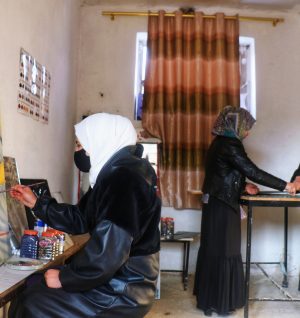
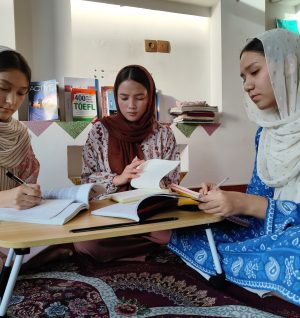
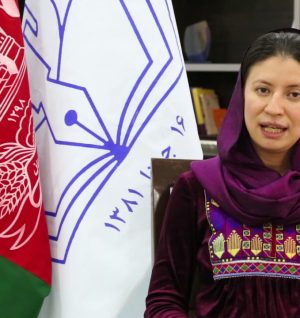

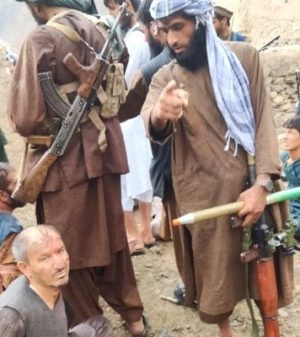
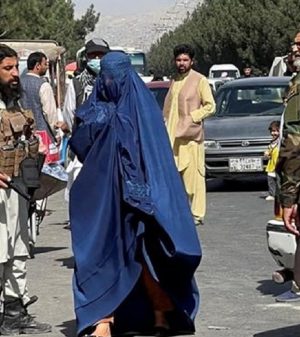
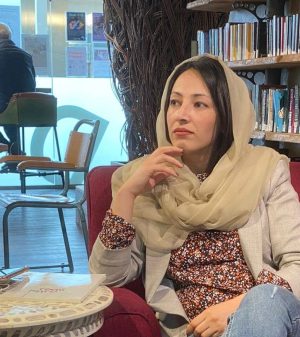
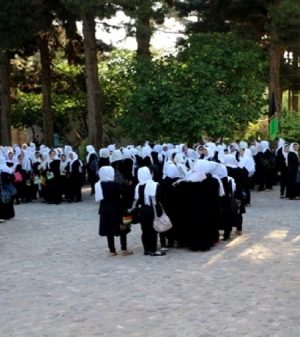
Add Comment